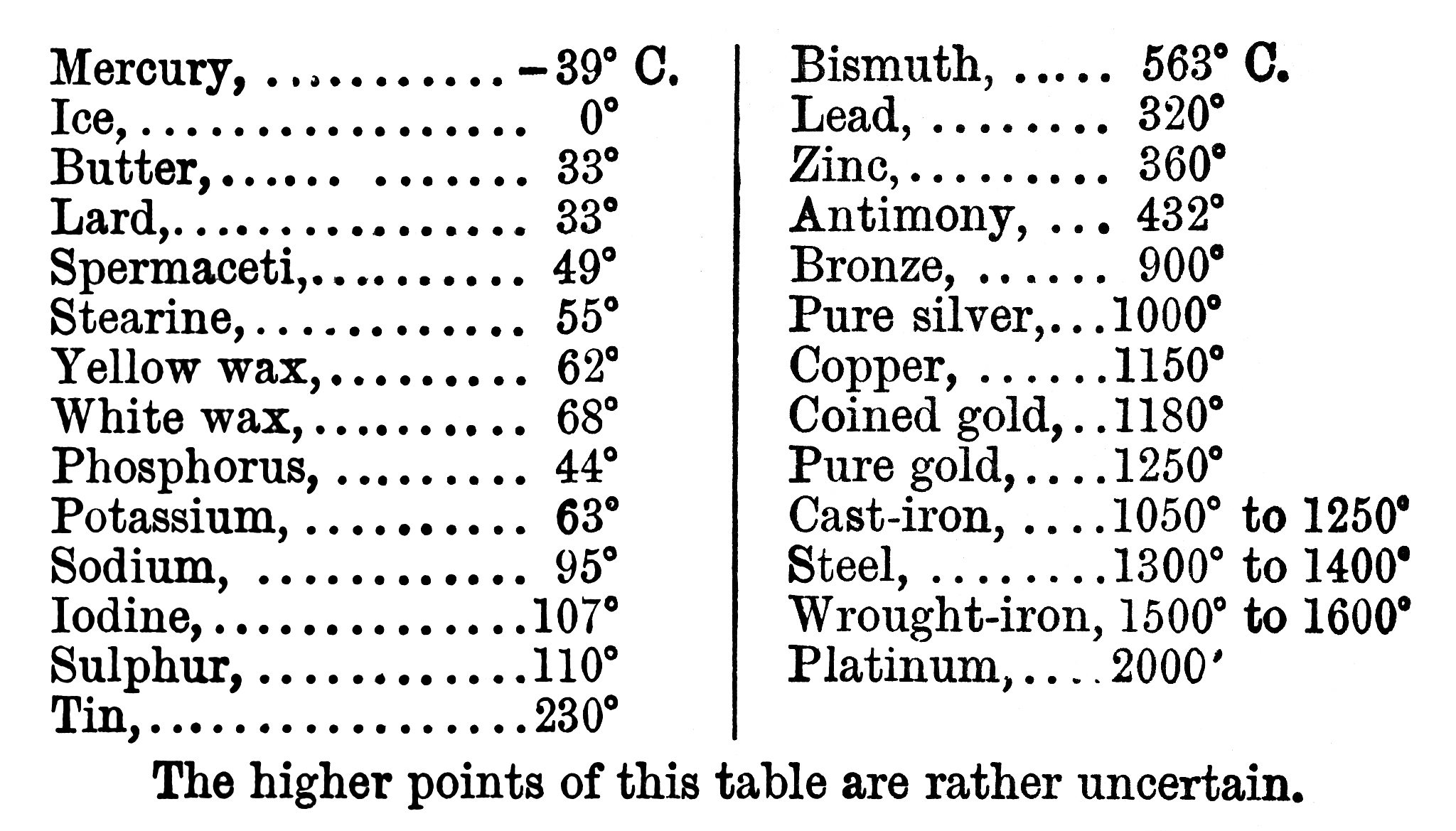el-table中单元格的内容 只修改的颜色特定字符其他字符不动
要在el-table的单元格中只修改特定字符的颜色,可以使用自定义模板和CSS样式来实现。以下是一个示例:
<template>
<el-table :data="tableData">
<el-table-column prop="name" label="姓名">
<template slot-scope="scope">
<div class="cell-content">{{ highlightKeyword(scope.row.name, '特定字符', 'red') }}</div>
</template>
</el-table-column>
</el-table>
</template>
<style>
.cell-content {
white-space: nowrap; /* 防止内容换行 */
}
.highlight {
color: red; /* 修改特定字符的颜色 */
}
</style>
<script>
export default {
data() {
return {
tableData: [
{ name: '特定字符' },
{ name: '其他字符' },
{ name: '特定字符和其他字符' }
]
}
},
methods: {
highlightKeyword(text, keyword, color) {
if (!keyword) {
return text;
}
const regex = new RegExp(keyword, 'gi');
const parts = text.split(regex);
const result = [];
parts.forEach((part, index) => {
if (index !== parts.length - 1) {
result.push(<span class="highlight">${part}</span>);
result.push(<span style="color: inherit">${keyword}</span>);
} else {
result.push(<span class="highlight">${part}</span>);
}
});
return result;
}
}
}
</script>
在上面的示例中,我们使用<el-table>组件来展示数据,并在姓名列中使用了自定义模板。在模板中,我们使用了highlightKeyword方法来将特定字符标记为红色。
highlightKeyword方法接受三个参数:text(单元格的内容),keyword(要标记的特定字符),color(标记的颜色)。该方法的实现逻辑如下:
- 首先,检查
keyword是否为空,如果为空则直接返回text。 - 使用
RegExp构造函数创建一个全局不区分大小写的正则表达式。 - 使用
split方法将text根据正则表达式拆分为一个数组。 - 遍历拆分后的数组,对于数组中的每个部分:
- 如果不是最后一个部分(即特定字符后还有其他字符),则将当前部分用
<span class="highlight">包装起来,并添加<span style="color: inherit">标签和特定字符。 - 如果是最后一个部分,则只将当前部分用
<span class="highlight">包装起来。
- 如果不是最后一个部分(即特定字符后还有其他字符),则将当前部分用
- 返回拼接后的结果数组。
最后,我们使用CSS样式.highlight来定义特定字符的颜色为红色

原文地址: https://www.cveoy.top/t/topic/iyse 著作权归作者所有。请勿转载和采集!